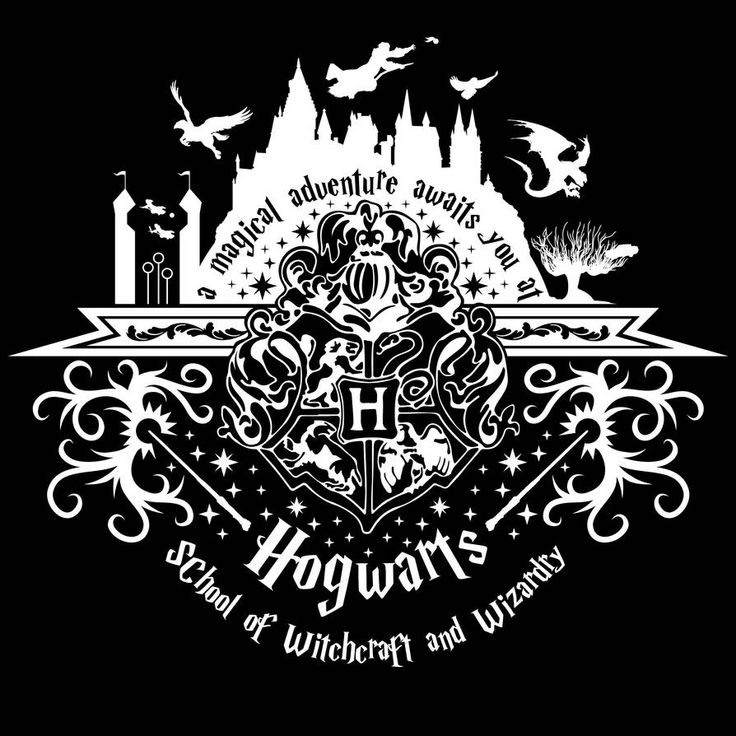The small schools that educated so many

IT is interesting to reflect on the history of small primary schools and their valuable contribution to the community.
In our area there have been many single teacher schools established over the years and they educated so many of our ancestors.
Following the 1872 Education Act, the Victoria Education Department was established. This act made school free, compulsory and secular.
State schools (primary schools) were built throughout Victoria. Most of these schools went to grade eight.
Students who passed grade eight were given a merit certificate. Many left school at 14 with this certificate.
You could become a student teacher with a merit certificate. These were apprentice teachers who learned their craft on the job.
A teacher training facility was established at Melbourne University and after some time as a student, a young teacher could move on to further study.
A married woman could not be a teacher and many young women taught for a few years and then married, ending their career.
In rural areas it was often difficult to have a school established. In South Gippsland, communities had to lobby the Education Department and local MPs in order to obtain a school.
Farmers often donated the land for a school and community members constructed the building themselves or used the local hall.
There was a time when schools ran half-time with another nearby school.
In spite of the problems, many schools were established in the region and they allowed students from farms to actually attend school as larger schools were too far away.
Government secondary education came much later but Leongatha established a high school in 1912 and was one of the first communities to obtain such a facility.
One local primary school was at Leongatha South. Opened in 1893, half-time with Koonwarra, the school was first held in the local hall.
By 1896 it became full-time with the hall being used until 1906.
The Education Department then built a school on the opposite side of the road from the hall.
Head teacher John Richards was remembered for his hard work in clearing the scrub and developing the garden. This garden won several State Schools’ Gardening Competitions.
Richards was keen on teaching practical skills and encouraged the committee to build a large extra room for the boys and girls to learn woodwork.
A bushfire in 1926 destroyed the entire school, hall and all the school records.
A new school was built quickly and later in 1952 a teacher’s residence was constructed in the grounds.
The first school also served as a post office with the head teacher being responsible for all postal matters.
The school continued on until the 1980s when it closed. The site and school building are now used as a community facility. Information on the small schools in the area is available at the Leongatha Historical Society rooms.
The society is also keen on collecting photographs of these small schools.
Short URL: /?p=30069






